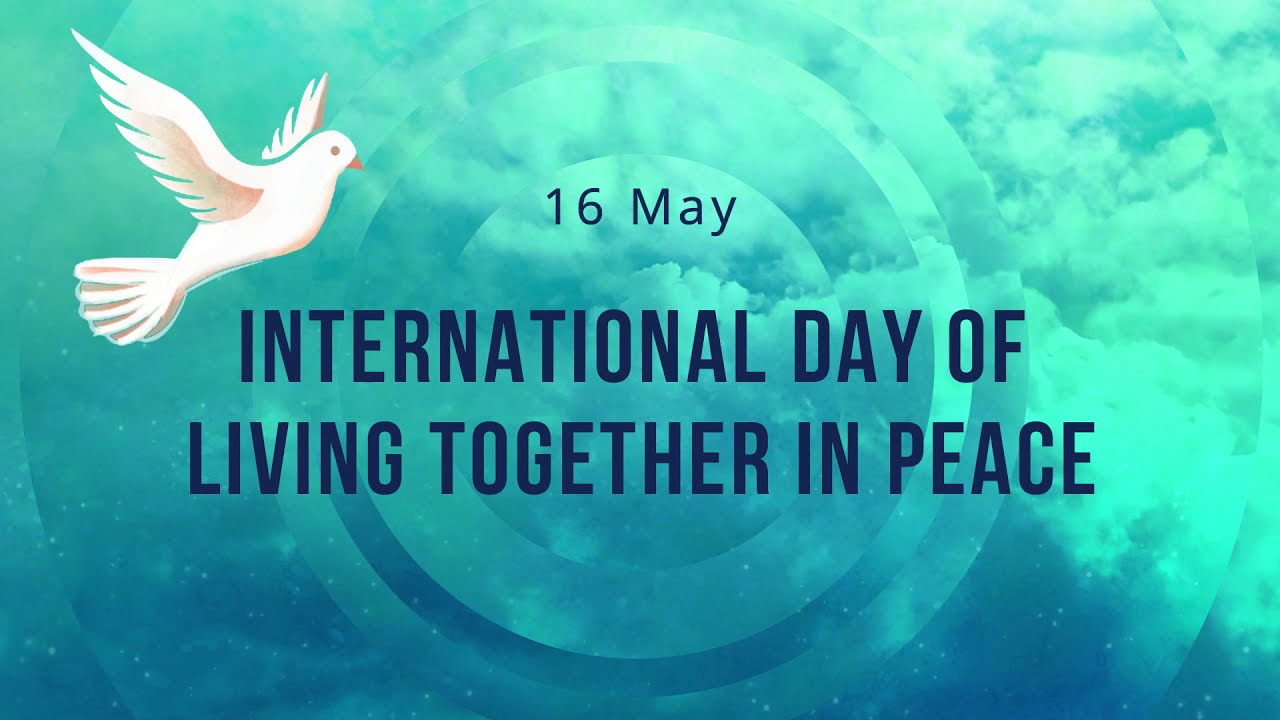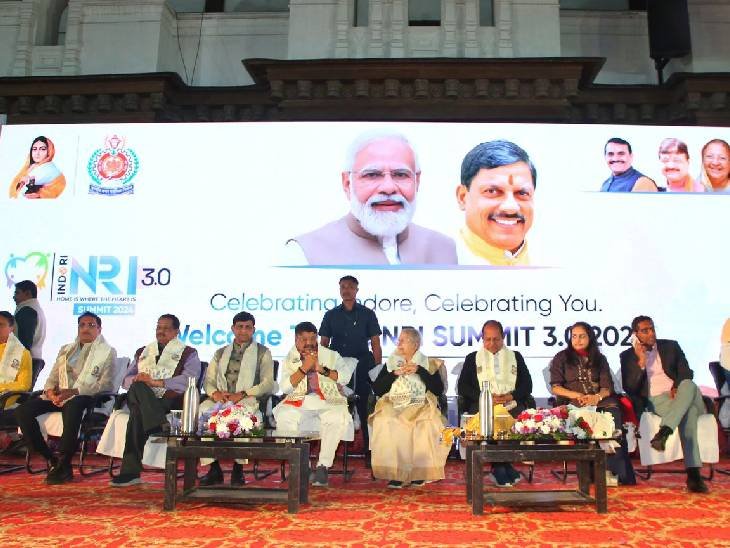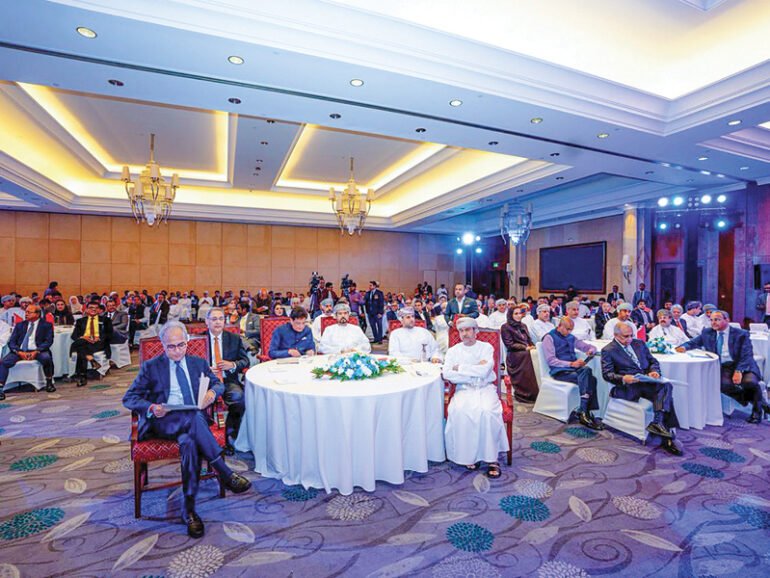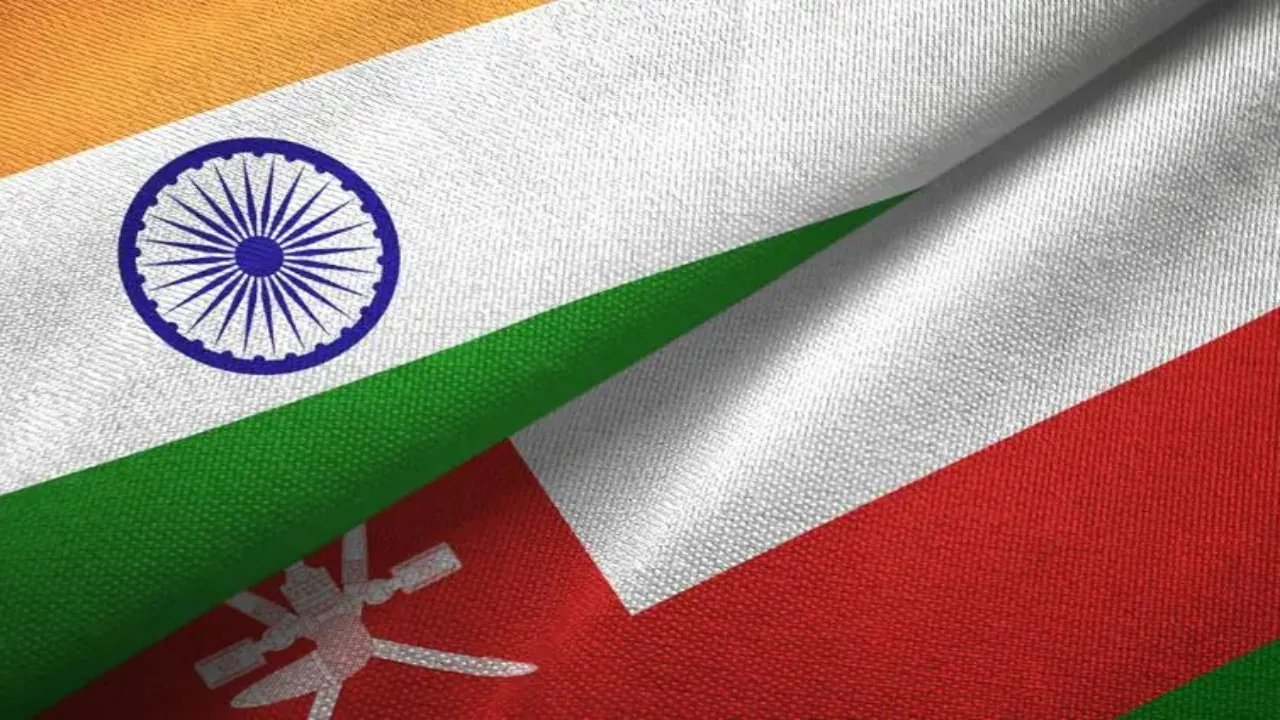On May 16th, the world celebrates the International Day of Living Together in Peace, a day dedicated to promoting peace, tolerance, and solidarity among individuals and communities. In a world marked by division, conflict, and polarization, this day serves as a reminder of the importance of embracing diversity, fostering understanding, and building bridges of cooperation. As we commemorate this special day, let’s reflect on the significance of living together in peace and the collective efforts required to achieve a more harmonious and inclusive world.
Diversity is one of humanity’s greatest strengths, enriching our societies with a tapestry of cultures, languages, and traditions. International Day of Living Together in Peace celebrates the beauty of diversity and recognizes the inherent dignity and worth of every individual, regardless of race, ethnicity, religion, or background. Embracing diversity means respecting and valuing differences, promoting inclusion and equality, and creating spaces where everyone feels welcomed and valued.
Peace begins with understanding. To live together in peace, we must strive to understand and empathize with others’ perspectives, experiences, and challenges. This requires open dialogue, active listening, and a willingness to engage with people who hold different beliefs or viewpoints. By seeking common ground and finding shared humanity, we can break down barriers, dispel stereotypes, and build mutual respect and trust.
Unity does not mean uniformity—it means finding strength in our diversity and working together towards common goals. International Day of Living Together in Peace calls upon individuals, communities, and nations to come together in solidarity to address shared challenges and promote peace and stability. Building unity requires collaborative efforts across borders, sectors, and generations, with a focus on shared values such as justice, compassion, and human rights.
Achieving lasting peace requires addressing the root causes of conflict, including inequality, injustice, poverty, and discrimination. By addressing systemic issues and promoting social and economic equity, we can create conditions conducive to peace and prosperity for all. Investing in education, healthcare, and sustainable development initiatives can help empower individuals and communities to break the cycle of poverty and violence.
Healing the wounds of conflict requires acts of reconciliation, forgiveness, and healing. International Day of Living Together in Peace encourages individuals and communities to acknowledge past injustices, reconcile differences, and seek pathways to forgiveness and healing. By embracing forgiveness and reconciliation, we can break the cycle of violence and build a future based on mutual respect, understanding, and cooperation.
International Day of Living Together in Peace is celebrated with a variety of activities and initiatives aimed at promoting peace, tolerance, and solidarity. Schools, organizations, and communities organize peace-building workshops, cultural exchanges, interfaith dialogues, and community service projects to foster understanding and cooperation. Social media campaigns, public events, and artistic performances help raise awareness about the importance of living together in peace and inspire action for positive change.
International Day of Living Together in Peace reminds us that peace is not merely the absence of conflict, but the presence of understanding, empathy, and cooperation. As we celebrate this day, let’s reaffirm our commitment to embracing diversity, fostering understanding, and building unity in our communities and beyond. By living together in peace, we can create a world where every individual can thrive, and humanity can fulfill its potential for peace and prosperity.

